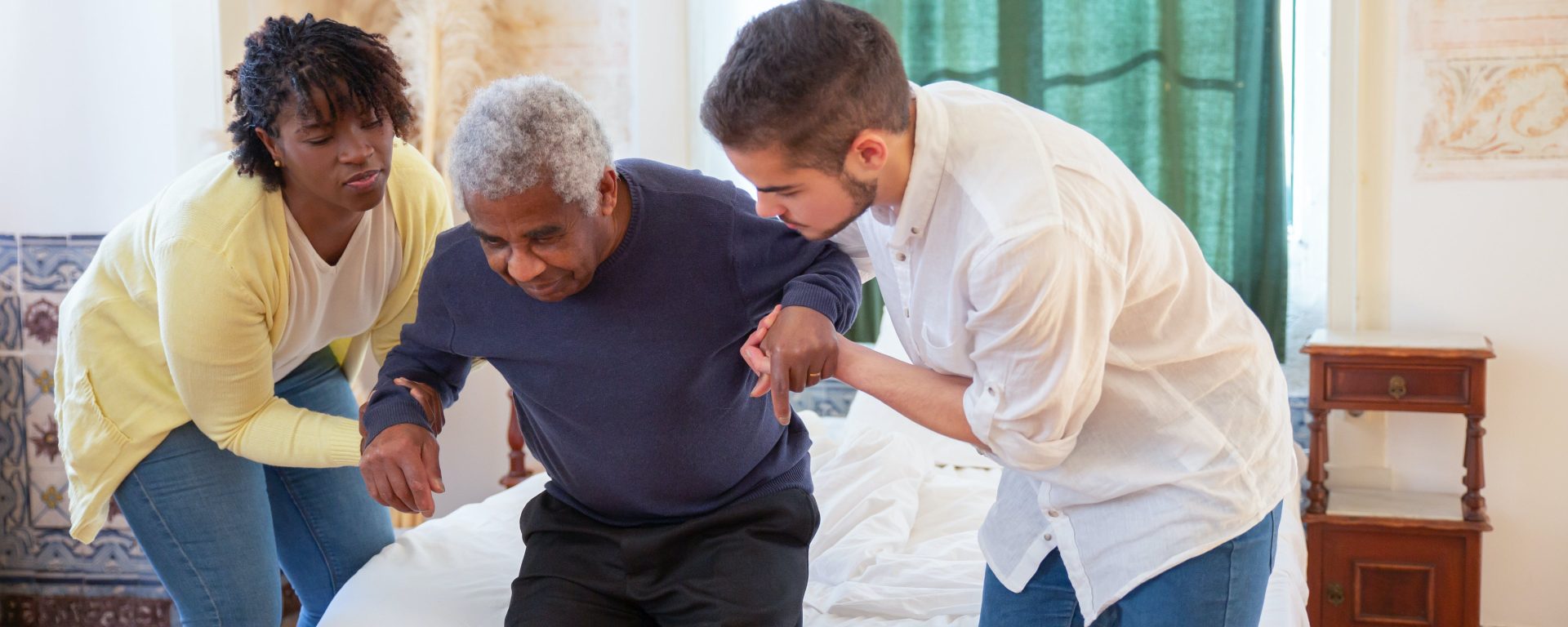In 1998, Nava, et. al., conducted study about Pulmonary rehabilitation which has proven effective for stable chronic obstructive pulmonary disease (COPD) patients, but its impact on those recovering from acute respiratory failure remains less explored. In this prospective, randomized study, we investigated the physiological effects of pulmonary rehabilitation on COPD patients recuperating from such critical episodes in a Respiratory Intensive Care Unit (RICU).
Eighty COPD patients recovering from acute respiratory failure were randomly assigned to either stepwise pulmonary rehabilitation (Group A, n=60) or standard medical therapy (Group B, n=20) in a 3:1 ratio. Key outcome measures included improvements in exercise tolerance, breathlessness perception, respiratory muscle function, and pulmonary function test values.
Group A underwent a comprehensive pulmonary rehabilitation program, progressing from passive mobilization to early ambulation, and incorporating respiratory and lower skeletal muscle training. For those capable, complete lower extremity training on a treadmill was included. Group B received standard medical therapy along with a basic ambulation program.
At admission, the majority of patients were bedridden, with 61 out of 80 mechanically ventilated. Twelve patients from Group A and four from Group B succumbed during their RICU stay, and nine required invasive mechanical ventilation post-discharge. The total RICU stay was longer for Group A (38+/-14 days) than Group B (33.2+/-11 days). Both groups showed regained ambulation ability, but only Group A demonstrated significant improvements in the 6-minute walking distance (6MWD) at discharge (p < .001). Maximal inspiratory pressure (MIP) improved exclusively in Group A (p < .05), while Visual Analog Scale (VAS) scores improved in both groups, with a more marked improvement in Group A (p < .001) compared to Group B (p < .05).
Critically ill COPD patients recovering from acute respiratory failure, often requiring mechanical ventilation, experienced enhanced outcomes with comprehensive early pulmonary rehabilitation compared to those receiving standard medical therapy and progressive ambulation. This study highlights the potential benefits of targeted rehabilitation strategies in improving exercise capacity, respiratory muscle function, and overall well-being for this vulnerable patient population.
Reference: Nava, S. (1998). Rehabilitation of patients admitted to a respiratory intensive care unit. Archives of physical medicine and rehabilitation, 79(7), 849-854.
